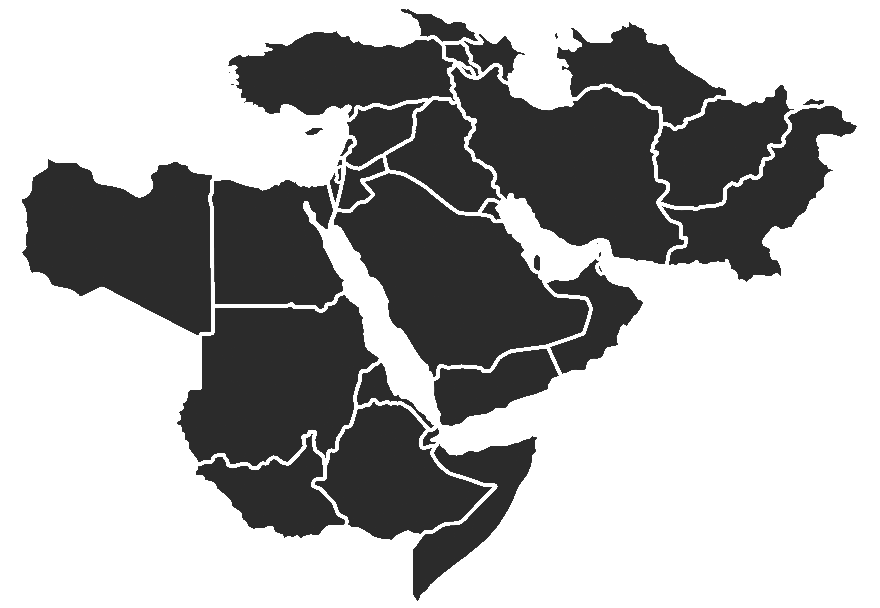{{currentView.title}}
November 01, 2023
Al Shabaab’s Area of Operations
Contributors: Damaris De La Cruz, Franklin Zheng, and Nathan Schoonover
[Notice: The Critical Threats Project frequently cites sources from foreign domains. All such links are identified with an asterisk (*) for the reader’s awareness.]
Harakat al Shabaab al Mujahideen—commonly known as al Shabaab—is an al Qaeda affiliate based in Somalia. Al Shabaab emerged from Somalia’s civil war in the 1990s as part of a loose alliance of shari’a courts and armed groups. The group capitalized on the 2006 Ethiopian invasion to gain broader support and ultimately expanded across much of central and southern Somalia, becoming a rival to Somalia’s transitional government. Al Shabaab withdrew from Somalia’s capital Mogadishu in 2011, and African Union and Kenyan forces pushed the group out of population centers over the next several years. The group formally pledged allegiance to al Qaeda in 2012. It conducted high-profile terror attacks in Kenya and Uganda in the 2010s.
Al Shabaab continues to wage an insurgency against the internationally recognized Somali Federal Government (SFG), based in Mogadishu. Al Shabaab controls swaths of central and southern Somalia, where it implements governance and collects taxes. It regularly attacks government and security targets across Somalia. Its insurgency extends into Kenya’s border regions. Al Shabaab also conducted an incursion into Ethiopia in late July 2022. The group professes global Salafi-jihadi ambitions and has tasked members to plot attacks on the United States homeland as recently as 2019. US Africa Command regards al Shabaab as al Qaeda’s wealthiest and most kinetically active affiliate.
November 2023 Update
The November 2023 update includes several new contested support zones and cleared areas in central Somalia to reflect gains made during the SFG’s central Somalia offensive in 2022 and 2023. The SFG backed a local clan uprising in late summer 2022 to launch an offensive that removed al Shabaab from several district capitals east of the Shabelle River in 2022 and early 2023. Al Shabaab adapted by retreating from contested areas to consolidate its forces for a counteroffensive in January 2023, featuring large raids that overran vulnerable SFG forward operating bases. The al Shabaab counteroffensive stalled the SFG offensive, and the group has similarly stymied several efforts to renew the SFG offensive. This has left a pocket of al Shabaab control in the area, which poses a threat to the newly liberated areas of central Somalia.
The November 2023 update also includes several new zones in northeastern Kenya to reflect increased al Shabaab activity in the summer of 2023 across all four northeastern counties. Al Shabaab increased its rate of roadside improvised explosive device attacks*, village seizures*, and attacks* on telecommunication equipment in Mandera and Wajir Counties—which require nearby support zones—leading to the addition of new support zones. Al Shabaab roadside attacks* and Kenyan counterinsurgency operations* also increased in rate and scope in northern Lamu County and the Boni Forest in Garissa and Lamu Counties, leading to expanded contested support zones in the area.
You can read regular in-depth analysis on the fight against al Shabaab in CTP’s Salafi-Jihadi Weekly Updates.
Map updated November 1, 2023.
Attack Zone: An area where units conduct offensive maneuvers.
Contested Support Zone: An area where multiple groups conduct offensive and defensive maneuvers. A group may be able to conduct effective logistics and administrative support of forces but has inconsistent access to local populations and key terrain.
Support Zone: An area where a group is not subject to significant enemy action and can conduct effective logistics and administrative support of forces.
Control Zone: An area where a group exerts largely uncontested physical or psychological pressure to ensure that individuals or groups respond as directed. Control zones are a subset of support zones.
Methodology Note: The Critical Threats Project adapts its mapping definitions for insurgencies from US military doctrine, including US Army FM 7-100.1 Opposing Force Operations. Our maps are assessments and reflect analysts’ judgment based on current and historical open-source information on security incidents and political and governance activity as well as population and geographic factors. Please contact us for more information on specific maps.
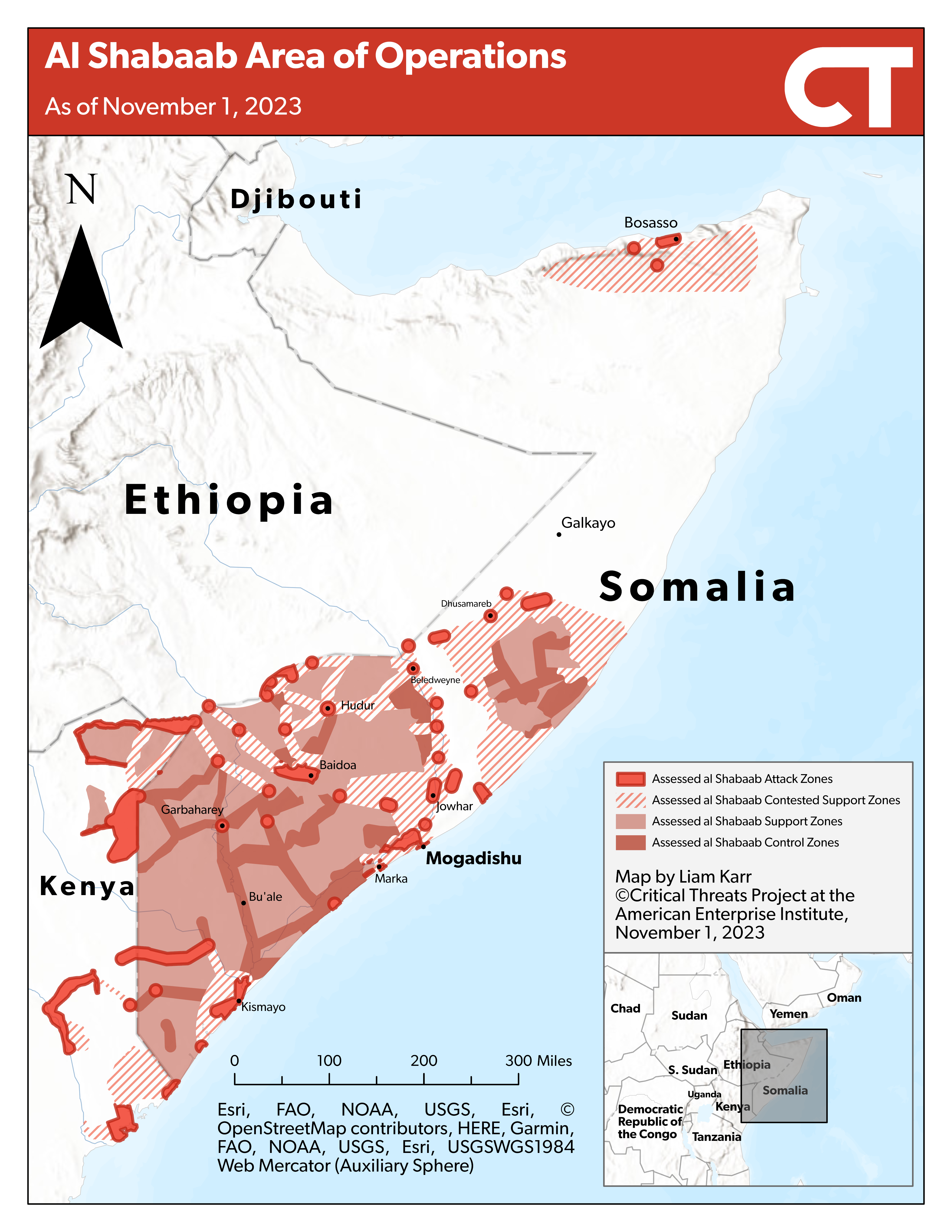

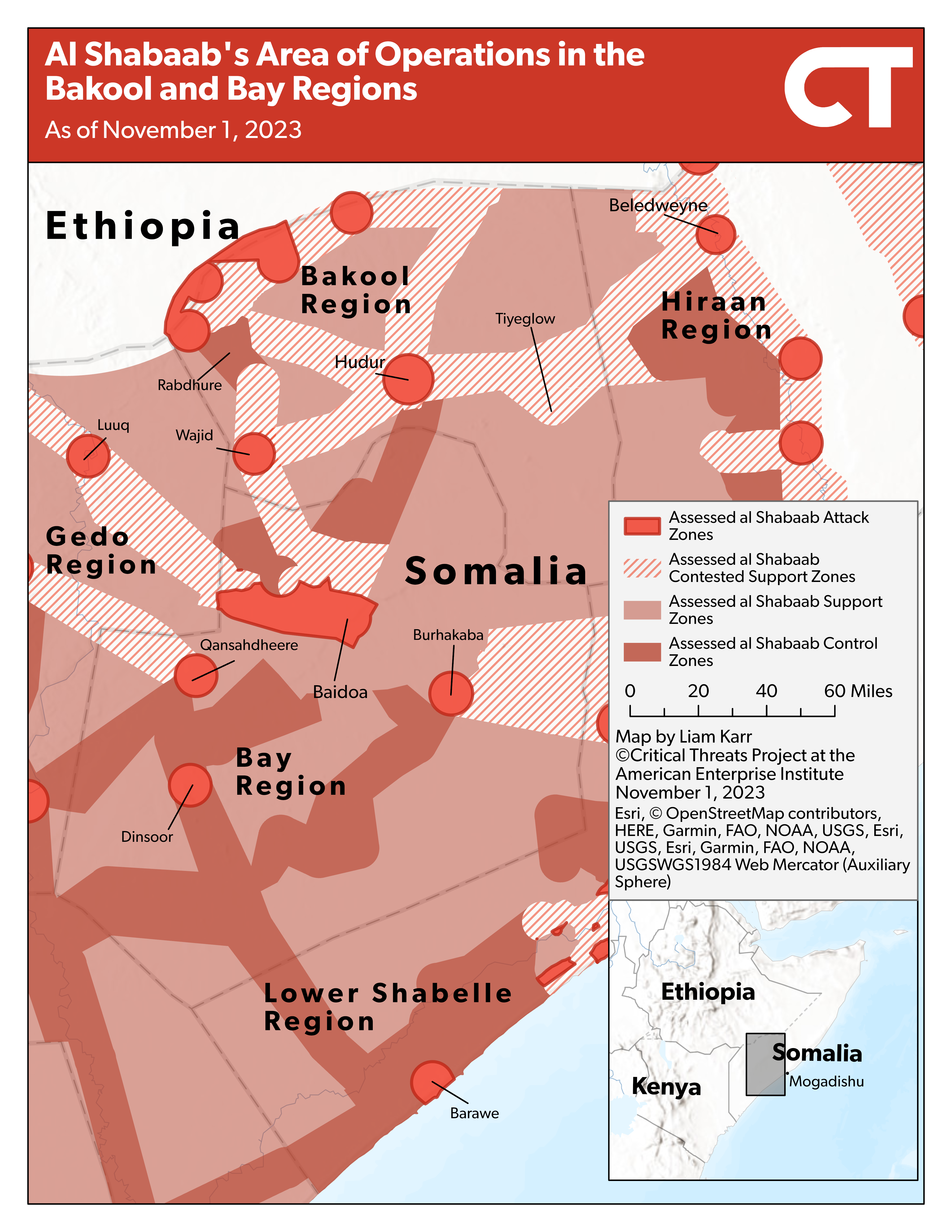
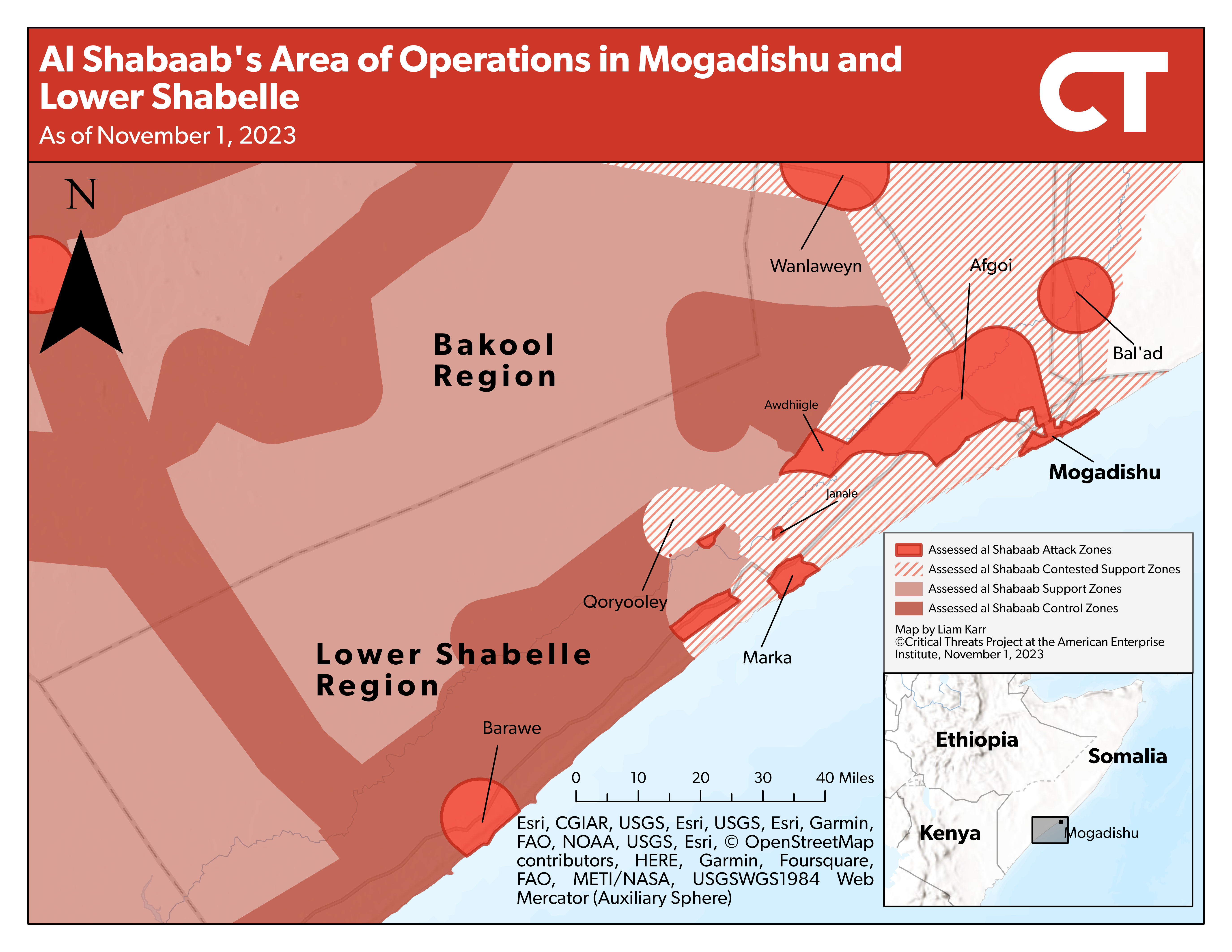
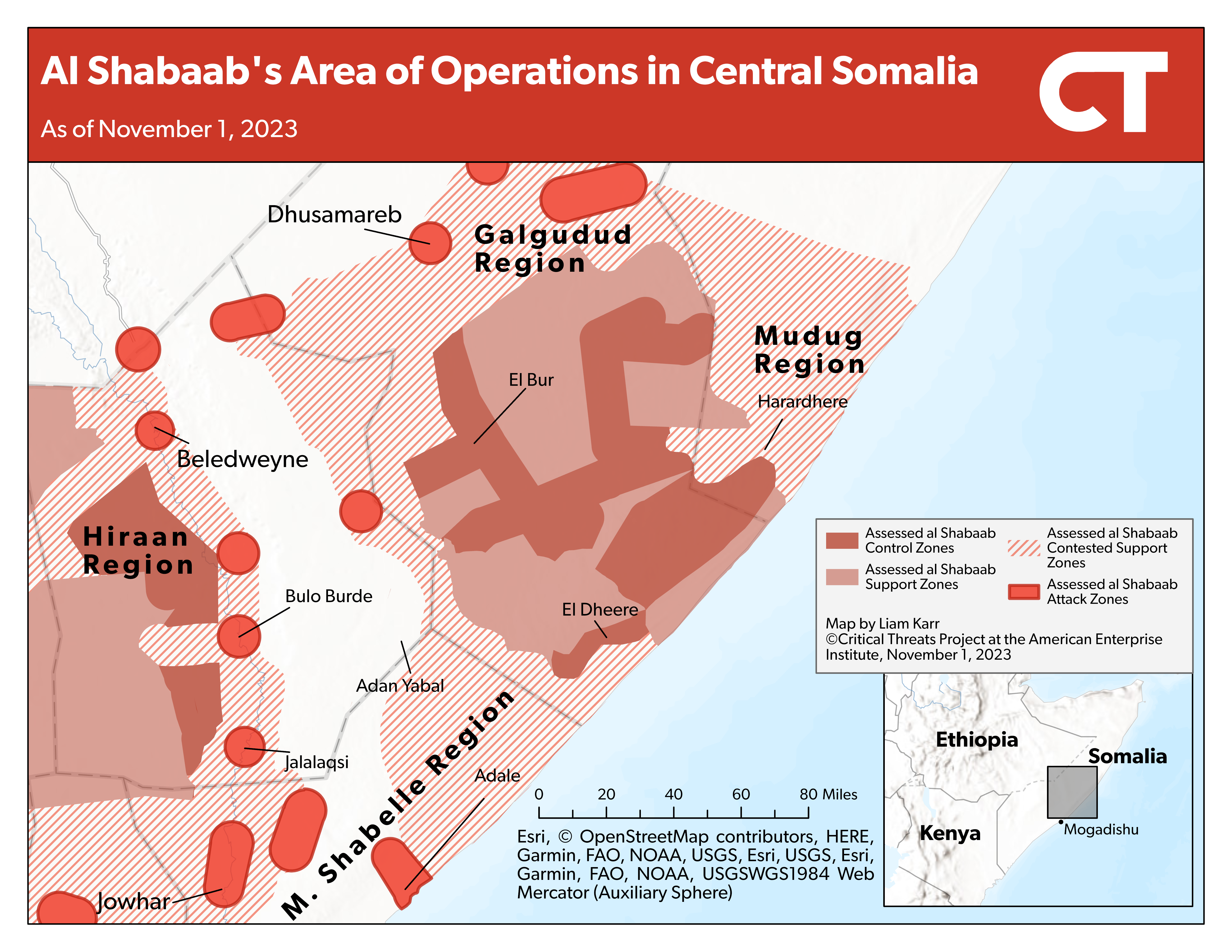
Prior Versions
Prior interactive map versions available upon request by emailing [email protected].
